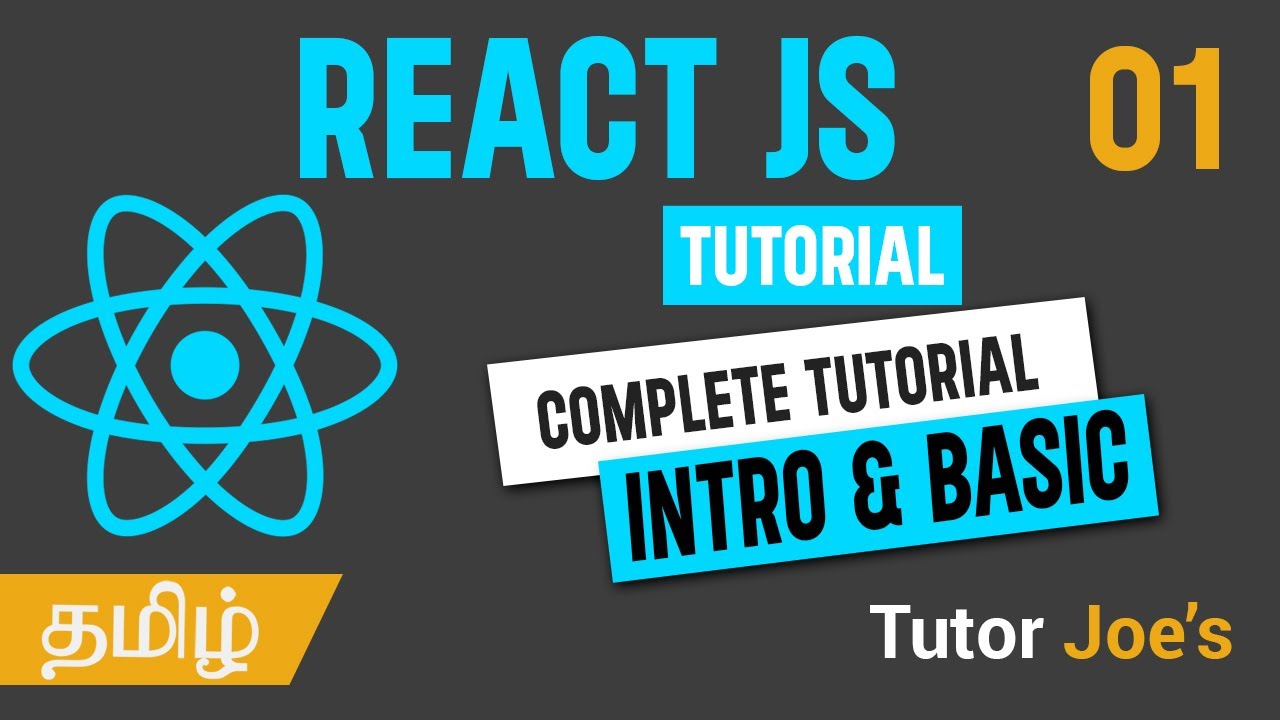React in 100 Seconds
Summary
TLDRReact, a JavaScript library for building user interfaces, has revolutionized web development since its release by Facebook in 2013. It allows developers to create reusable components using a simple JavaScript function. React's power lies in its ability to update the UI dynamically using hooks like 'state' and 'props'. The library itself focuses on UI development, but its true strength comes from the vast ecosystem around it, offering tools for routing, state management, and more. With tools like React Native, developers can even extend their skills to mobile app development. It's no surprise that React is one of the most in-demand skills for front-end developers today.
Takeaways
- 😀 React is a JavaScript library developed by Facebook in 2013 for building user interfaces.
- 😀 React components are JavaScript functions that return HTML-like structures using JSX, combining JavaScript with HTML.
- 😀 You can pass data into React components through `props`, which can then be used in the function body or UI.
- 😀 React automatically updates the UI when a component's state changes, using the `state` hook.
- 😀 The `state` hook provides a value and a function to update that value, allowing components to maintain internal data.
- 😀 React enables event handling, where UI elements like buttons can trigger state changes through user actions.
- 😀 The React ecosystem includes a wide range of supporting libraries for routing, state management, animation, and more.
- 😀 Popular React-related libraries include Redux, MobX, Recoil, Spring, Formik, Gatsby, and Next.js, each serving specific use cases.
- 😀 React makes it easy to transition into mobile app development with React Native, leveraging the same knowledge base.
- 😀 React is one of the most in-demand skills for front-end developers due to its flexibility, ease of use, and vast ecosystem.
- 😀 React allows developers to focus on building UI components while relying on the community to address other concerns like routing or state management.
Q & A
What is React, and when was it released?
-React is a JavaScript library for building user interfaces, developed by Facebook and released in 2013.
Why is React considered the most influential UI library of recent years?
-React is considered the most influential because of its simplicity and efficiency in building components that are logical and reusable.
What is the key benefit of React in terms of component building?
-The key benefit of React is that it simplifies component building to its theoretical minimum, where components are essentially just JavaScript functions.
What is JSX, and how does it relate to React?
-JSX is a special syntax used in React to write UI components. It combines JavaScript with HTML markup, making it easier to define both behavior and structure within the same code.
How does React handle data passing between components?
-React handles data passing between components using 'props'. You simply pass data as props to a component, which can then be accessed inside the function body or the UI using braces.
What is the state hook in React, and how is it used?
-The state hook in React allows components to have their own internal state. It returns a state value and a function to update that value, ensuring the UI reflects the most recent state changes.
How does React update the UI when state changes?
-When state changes, React automatically updates the UI to reflect the new state, ensuring that the displayed information is always current.
What are some of the other built-in hooks provided by React?
-React provides a variety of built-in hooks for handling common use cases, such as the effect hook for side effects, context hook for shared state, and many more.
What is the primary reason to use React?
-The primary reason to use React is not just the library itself, but the massive ecosystem surrounding it, offering libraries and tools for various use cases such as routing, state management, and animation.
What are some popular libraries in the React ecosystem?
-Popular libraries in the React ecosystem include Gatsby for static sites, Next for server-side rendering, Spring for animations, and Formik for forms. For state management, you have options like Redux, MobX, Flux, Recoil, and XState.
How can React knowledge help developers expand to mobile app development?
-Once you are familiar with React, you can easily transition to React Native, a framework for building mobile apps using the same React concepts, making it easier to create cross-platform applications.
Why is React considered an essential skill for front-end developers?
-React is an in-demand skill for front-end developers because of its widespread use in building modern web applications and the large ecosystem that supports it.
Outlines

This section is available to paid users only. Please upgrade to access this part.
Upgrade NowMindmap

This section is available to paid users only. Please upgrade to access this part.
Upgrade NowKeywords

This section is available to paid users only. Please upgrade to access this part.
Upgrade NowHighlights

This section is available to paid users only. Please upgrade to access this part.
Upgrade NowTranscripts

This section is available to paid users only. Please upgrade to access this part.
Upgrade NowBrowse More Related Video

React JS Complete Tutorial in Tamil | Day - 01 | React JS in Tamil

02 - Why React & Secret Sauces - React Fundamentals - Why React is a Declarative - Mastering Reactjs

What is React | Lecture 09 | React.JS 🔥

Aprende React en 45 Minutos

React tutorial for beginners ⚛️

React vs Angular 2021: Which Is Best? | React And Angular Difference | ReactJS Training |Simplilearn
5.0 / 5 (0 votes)